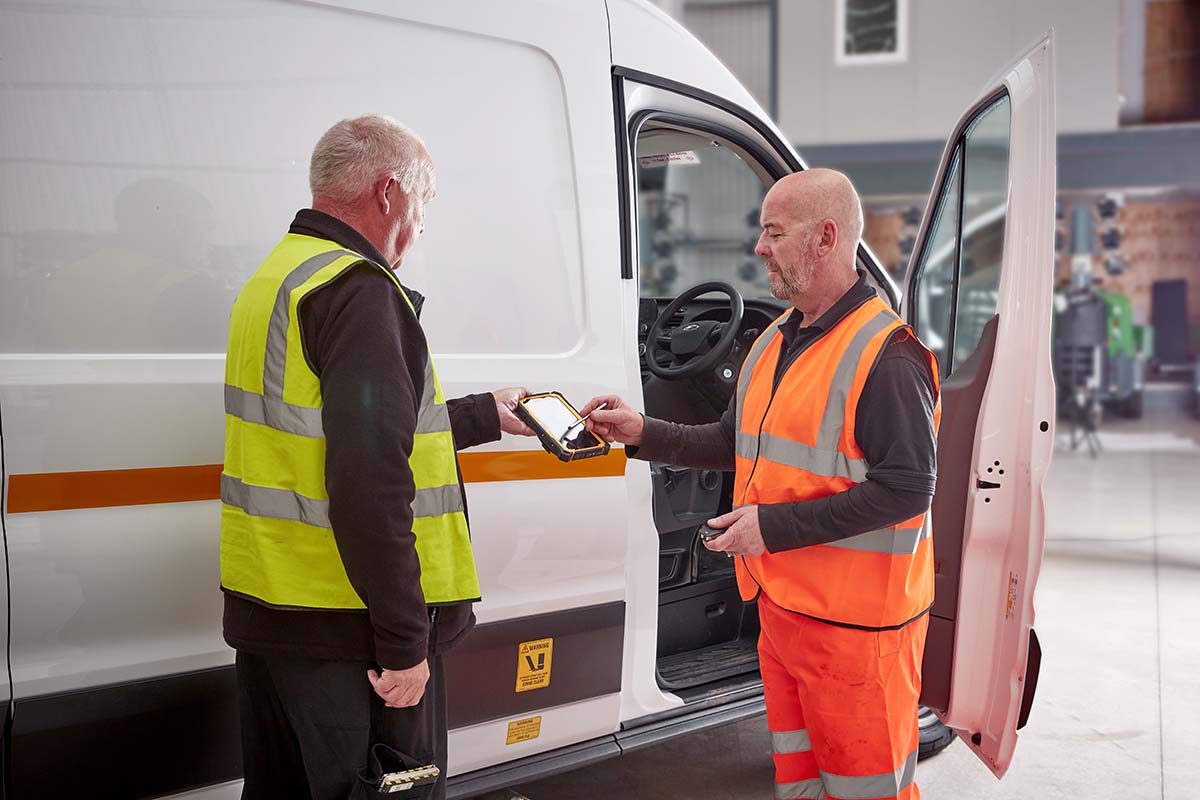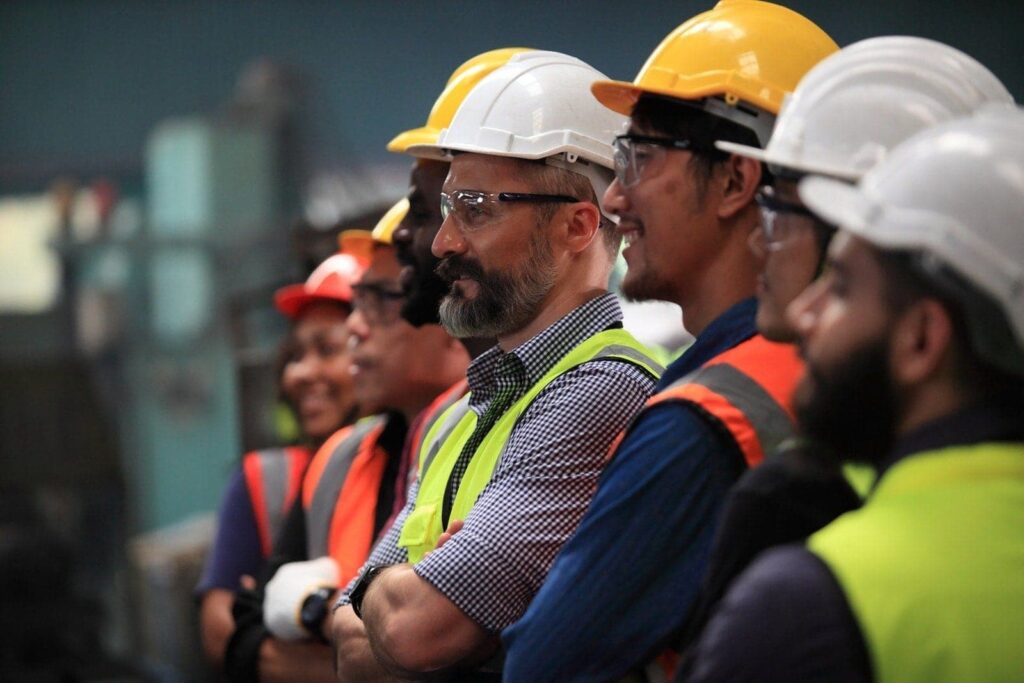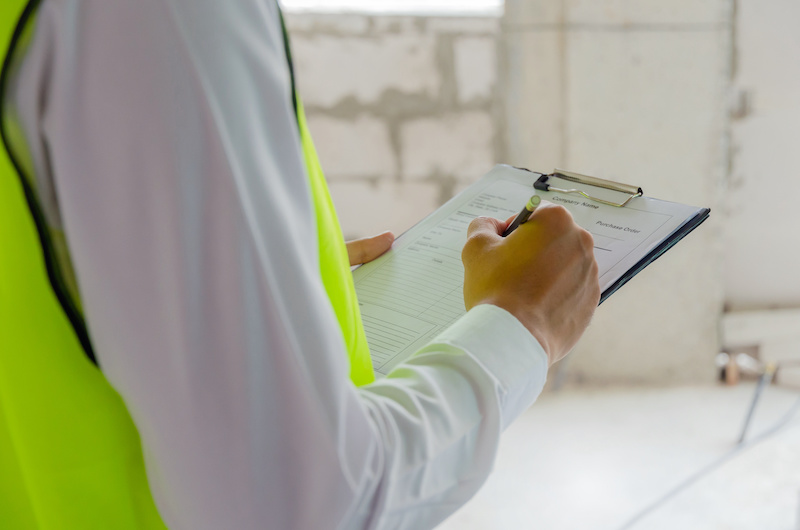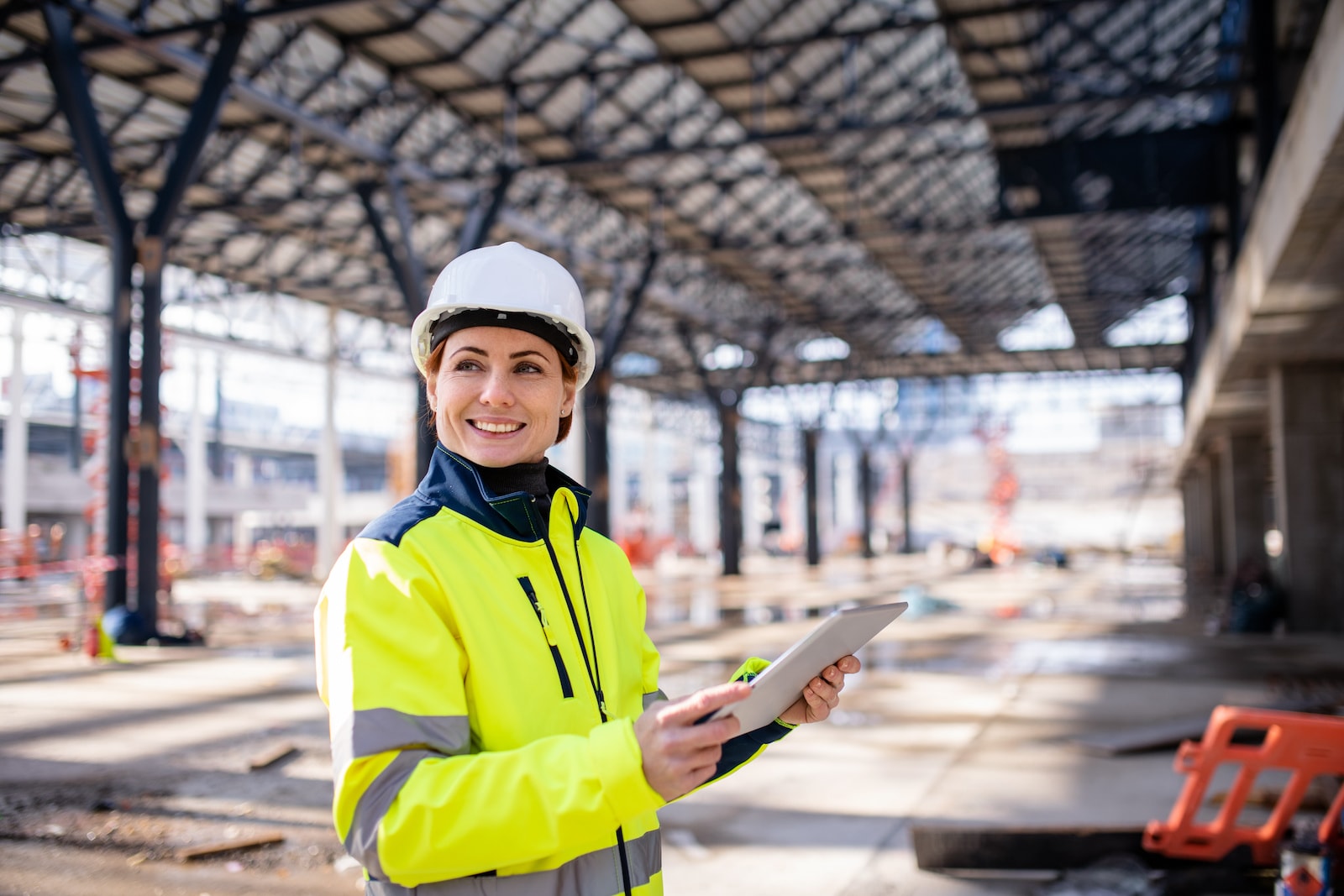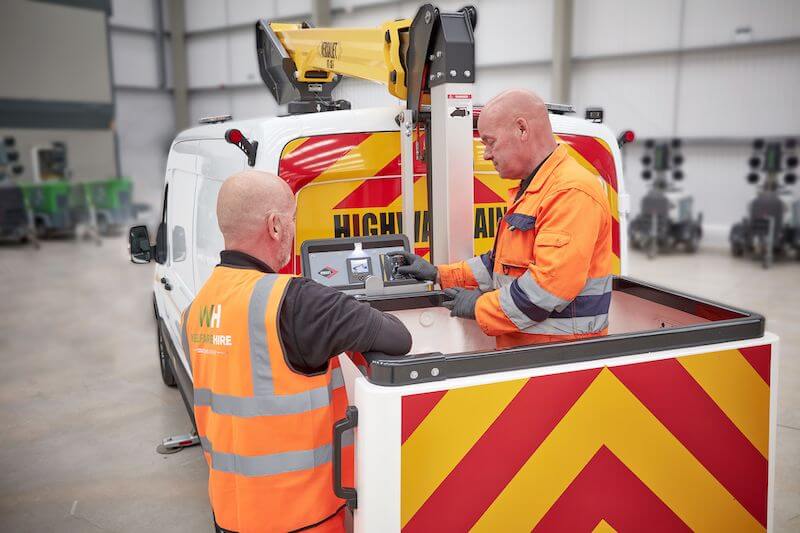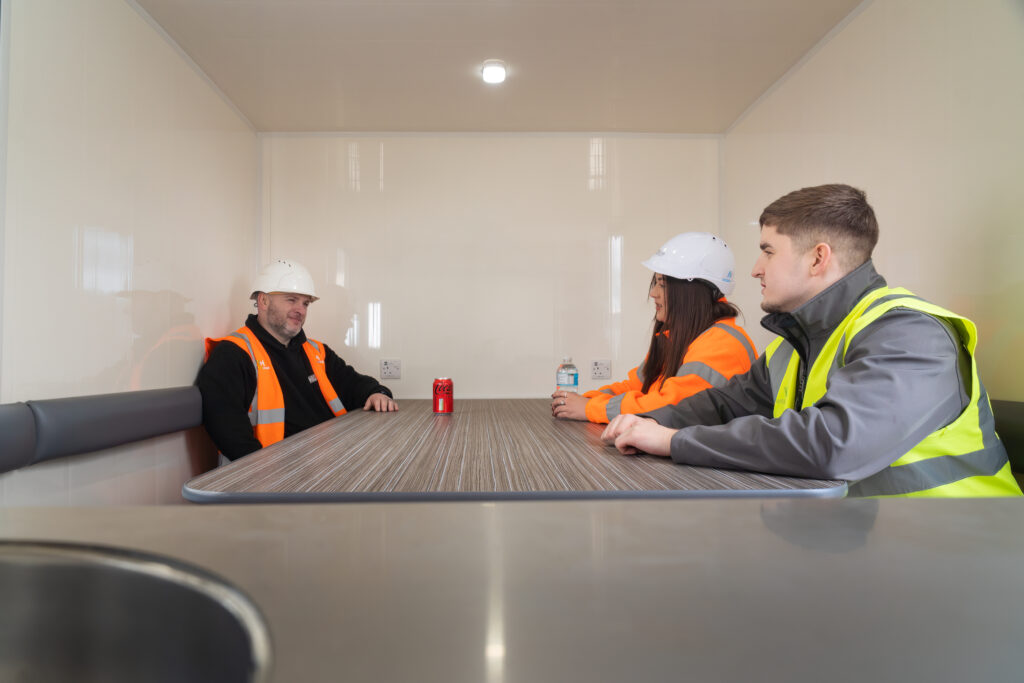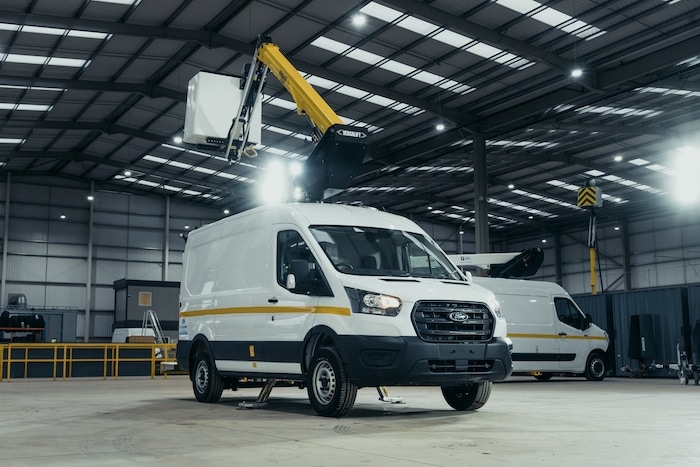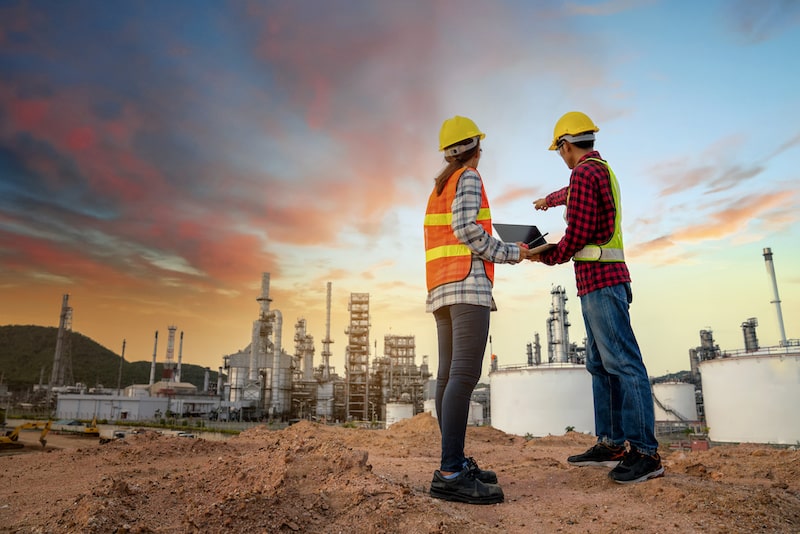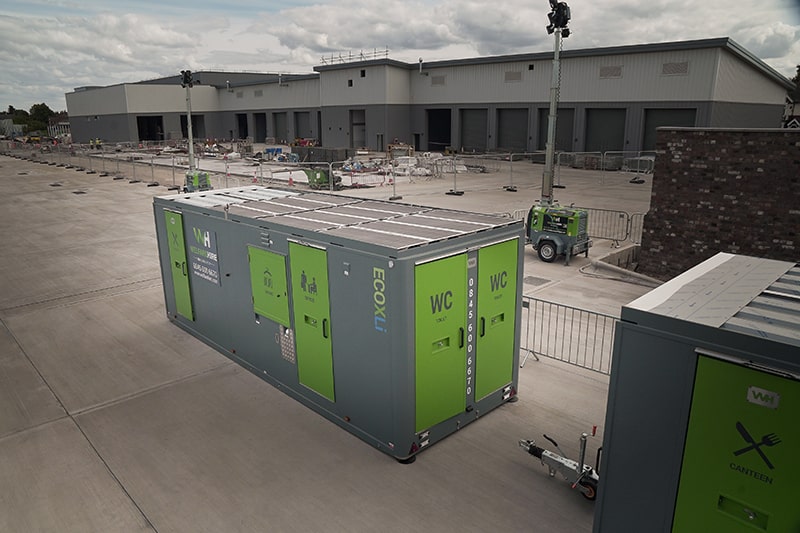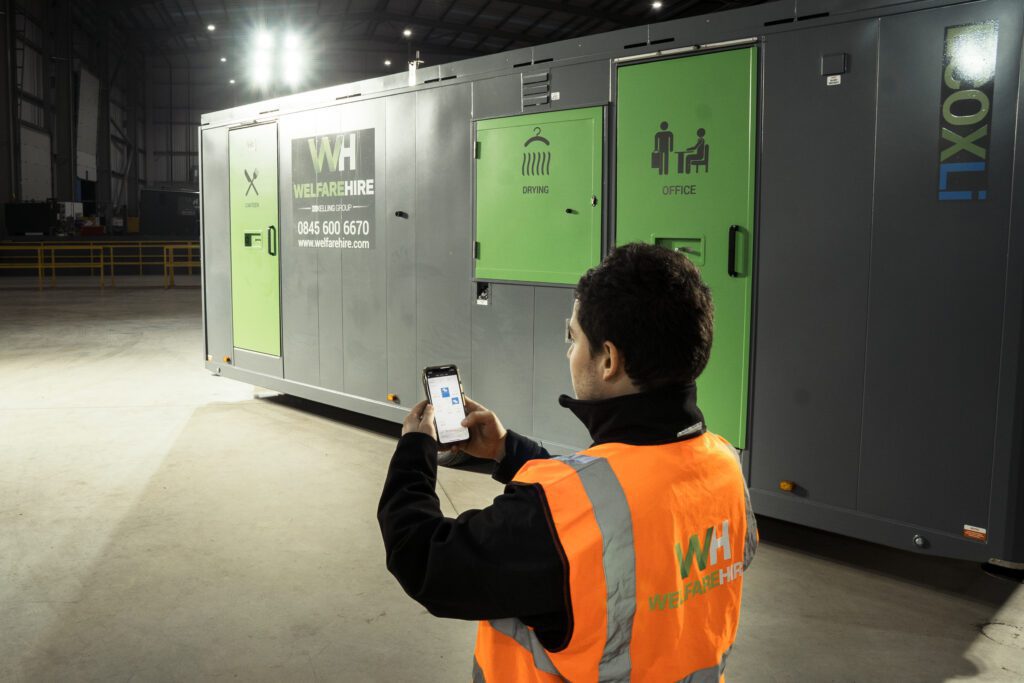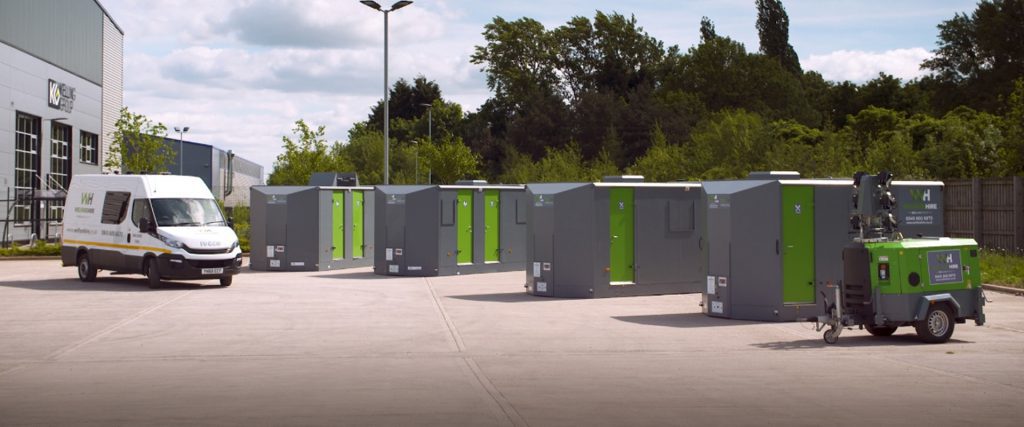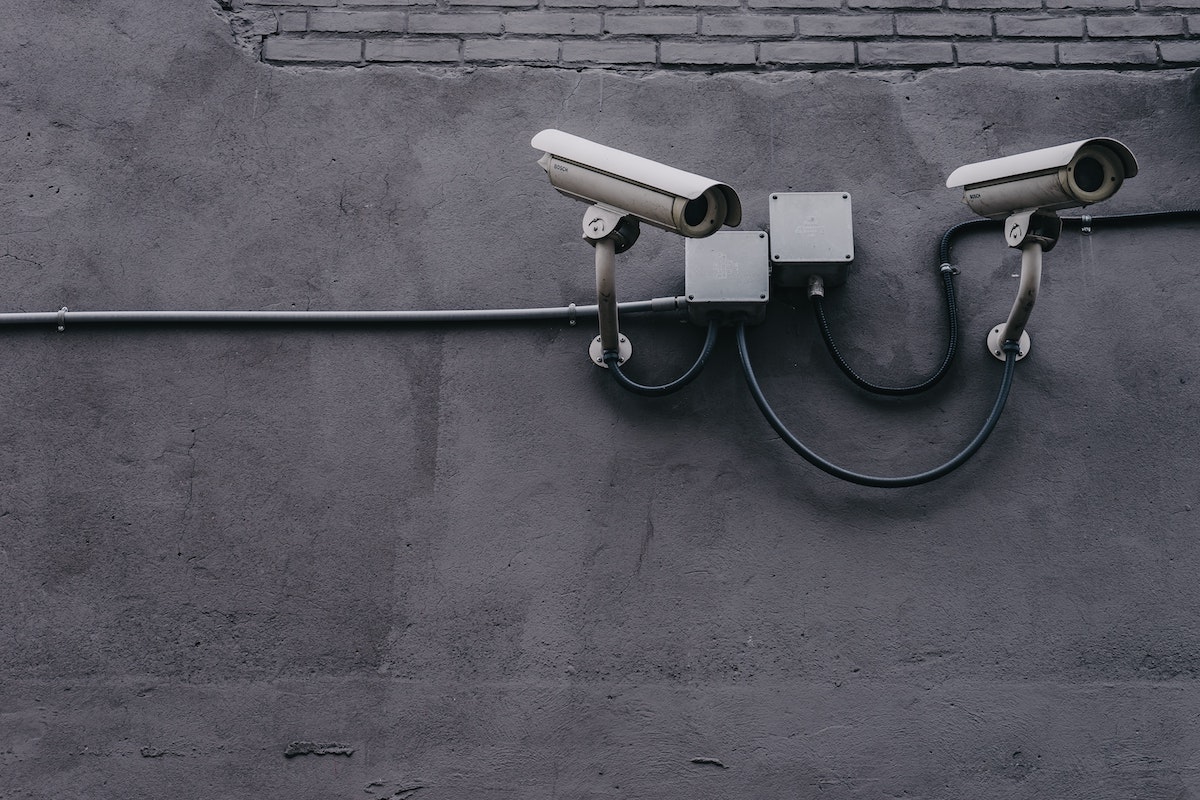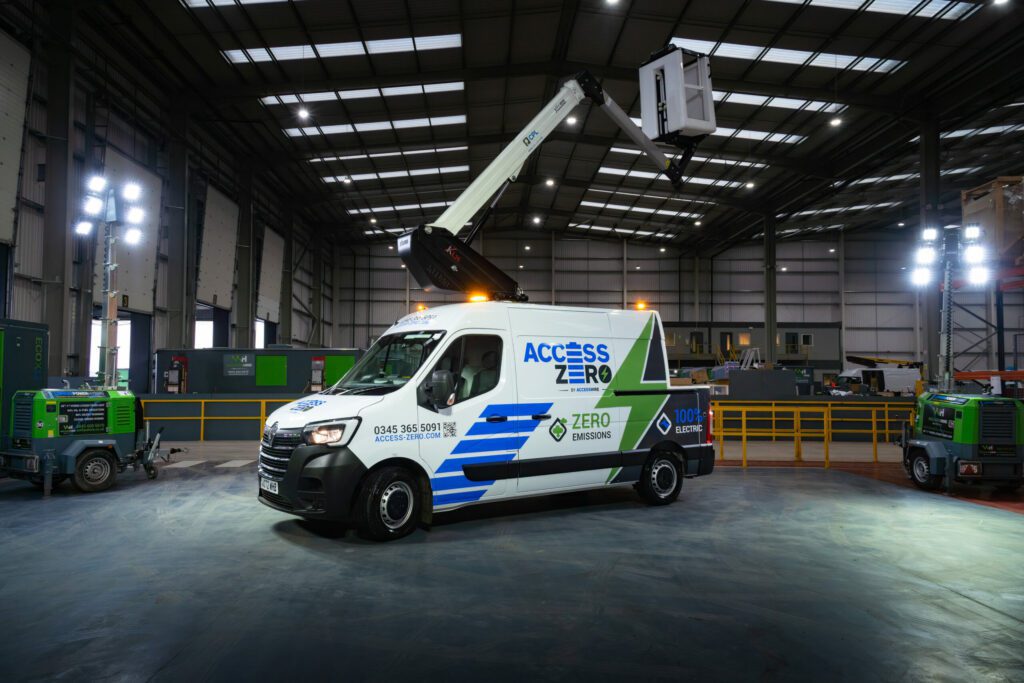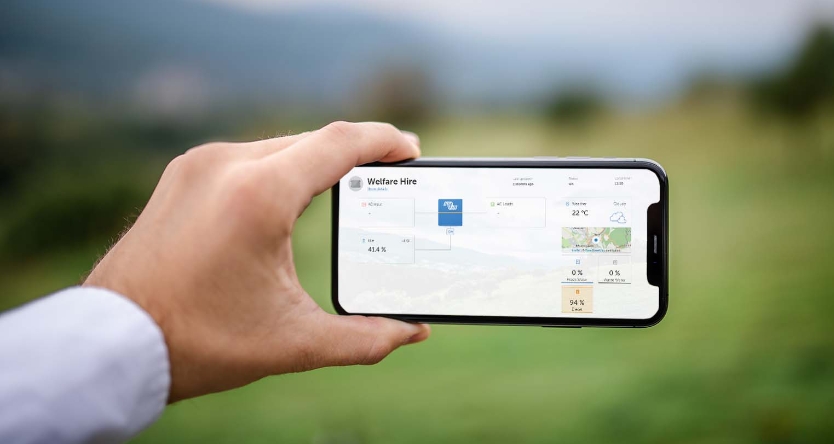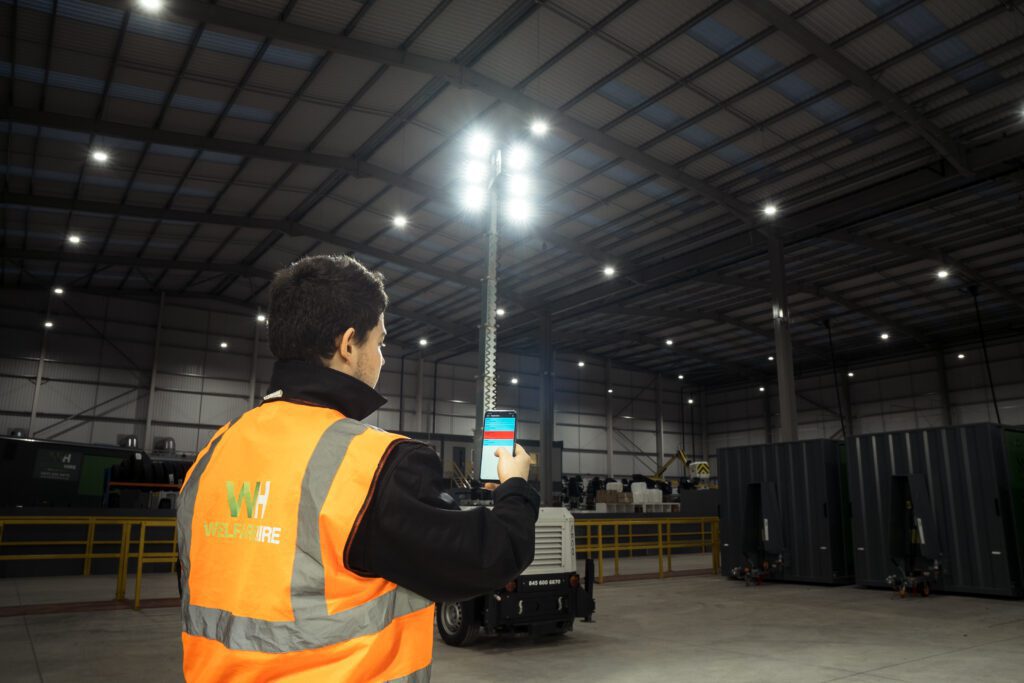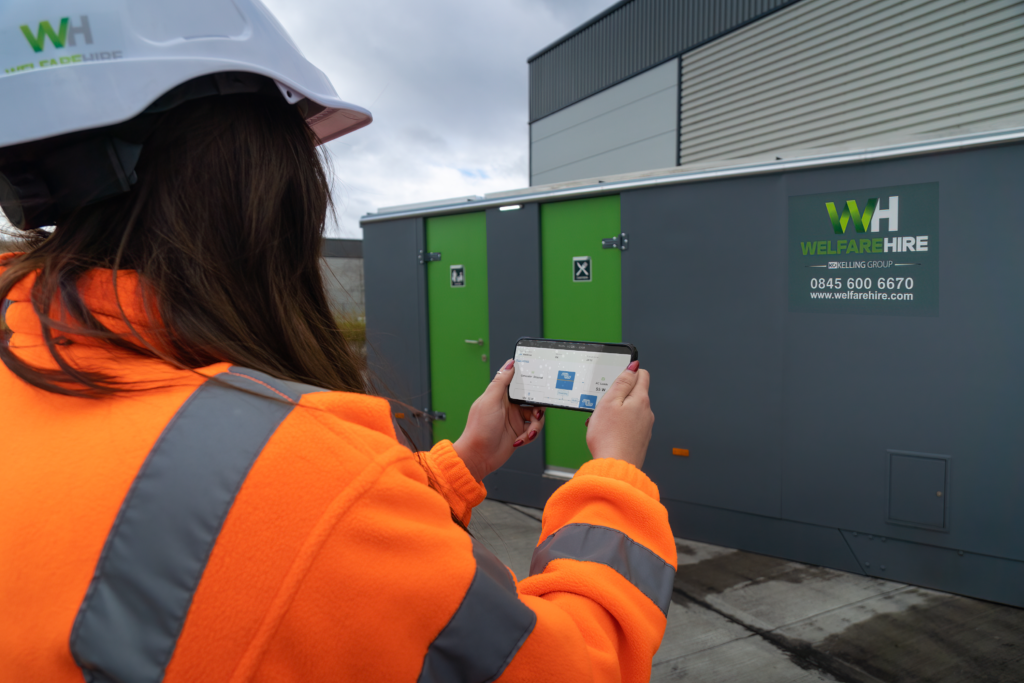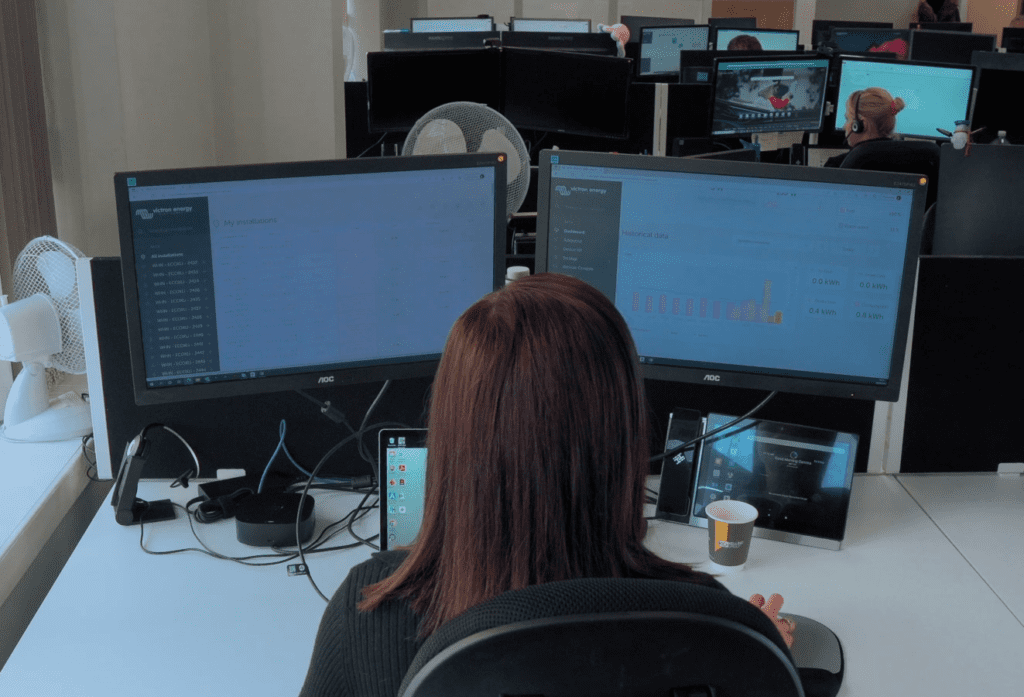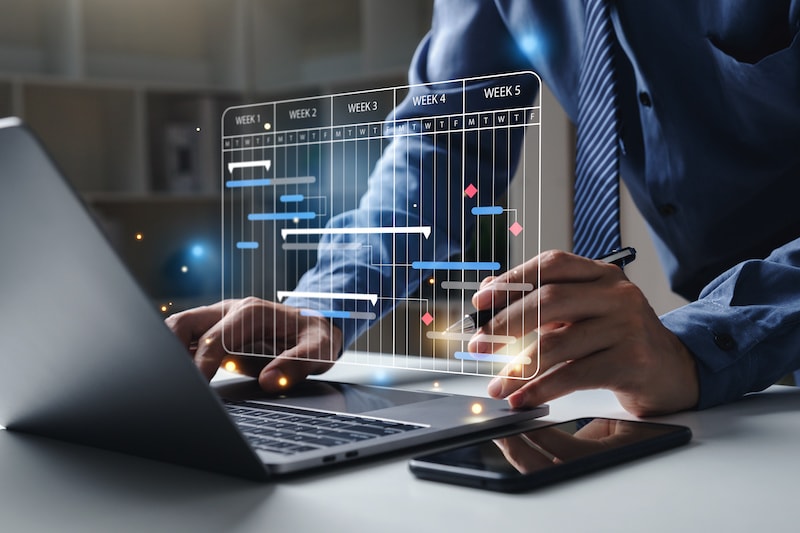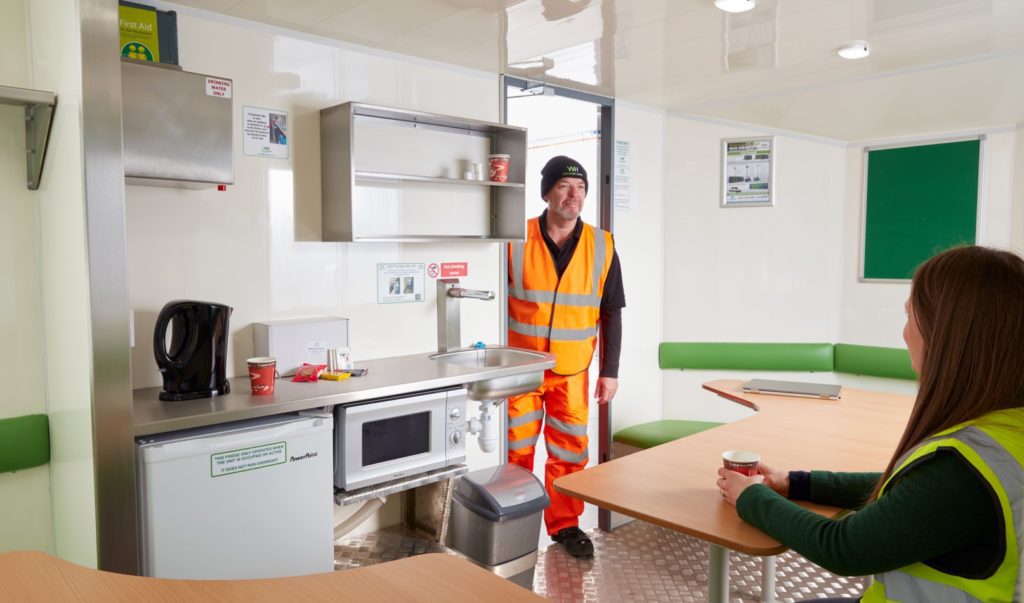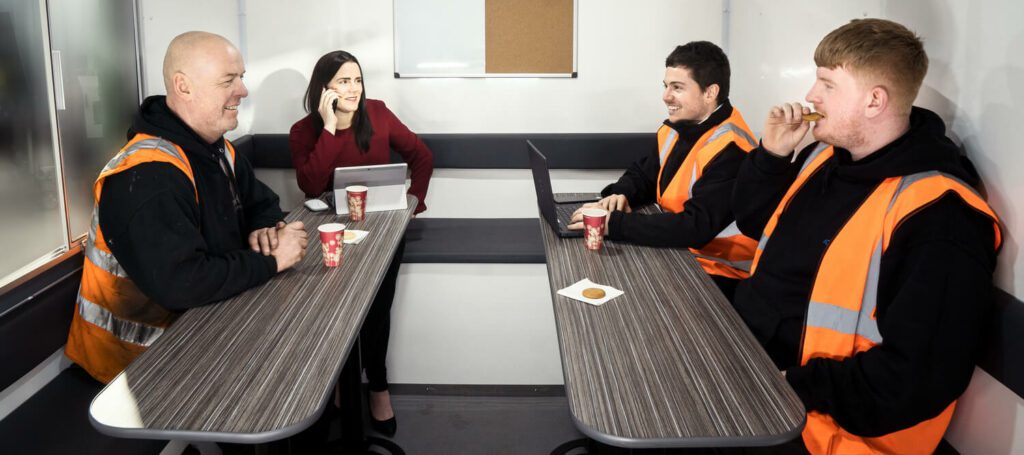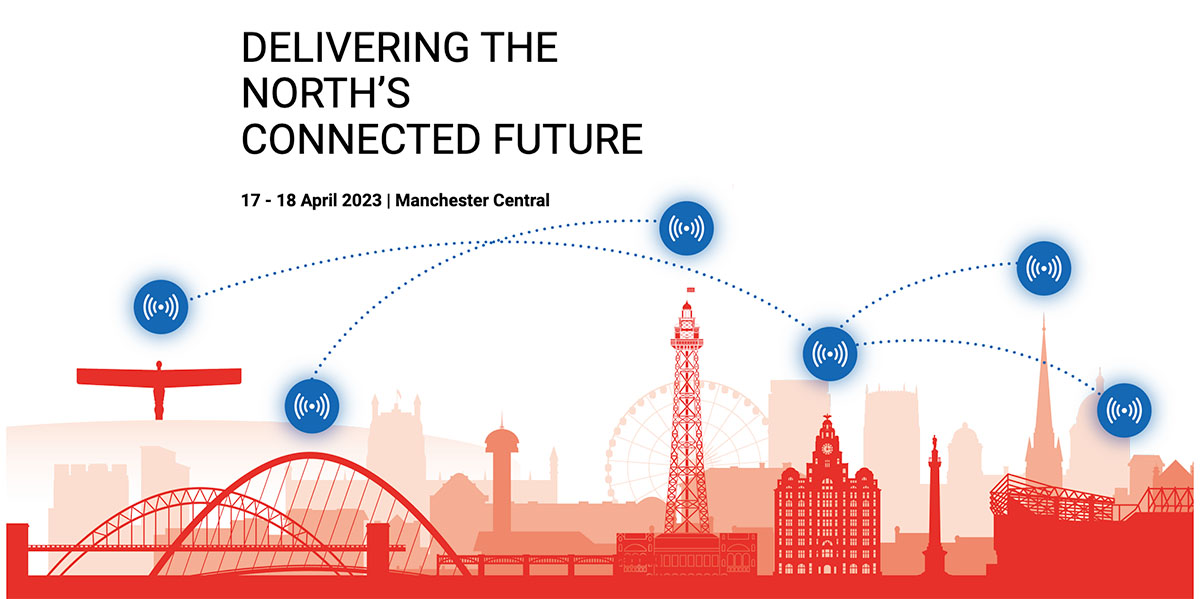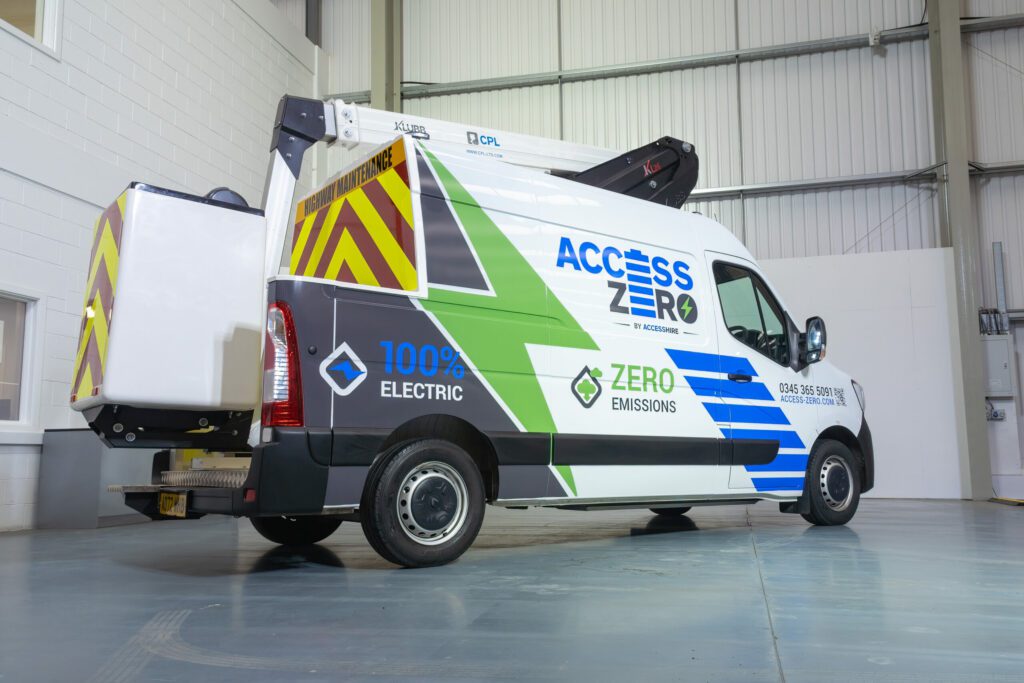83% of industry leaders expect a shift towards customer-centricity in construction. While the quality of equipment is still central, vendors must also offer comprehensive support to maximise the value they provide – and keep their customers’ projects running.
But what does great customer support mean? In this article, we explore five factors that every quality vendor should provide.
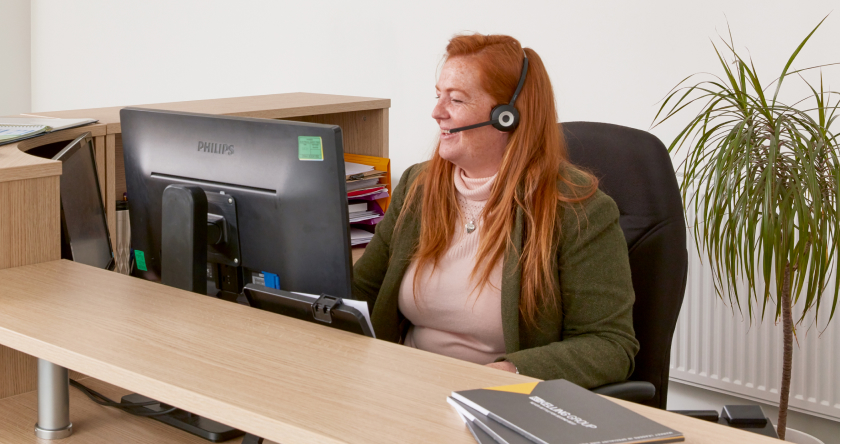
1. Faster turnarounds
With tight deadlines and challenging workflows, construction teams should have access to key strategic equipment like mobile welfare units and lighting towers exactly when they need them. But this is not just a question of convenience; it has a real bottom line impact on your project.
Faster turnarounds on equipment orders have been found to reduce the overall length of a project by up to 50%¹ – and great customer service is all about realising these kinds of improvements.
At Welfare Hire, we pride ourselves on not just processing orders quickly, but ensuring they are delivered at market-leading speed. With the UK’s largest fleet of mobile eco welfare units and lighting towers, customers can rely on the availability of our equipment – and most locations can receive their orders within 24 hours.
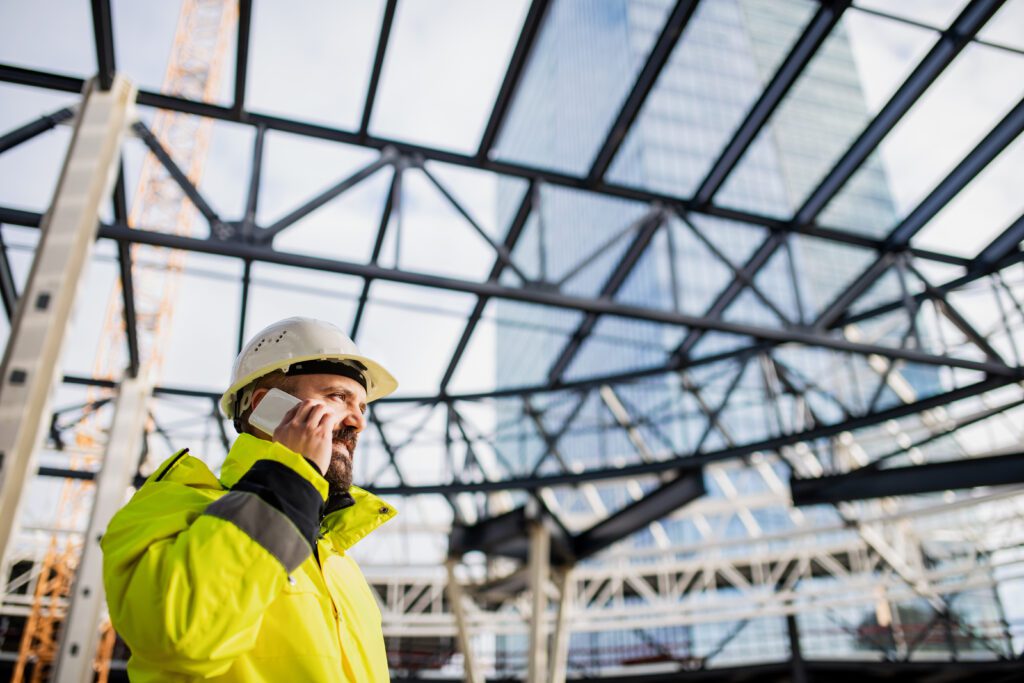
2. GReater flexibility
As projects evolve, leaders often need to modify their orders at short notice. This not only ensures they get the exact equipment and vehicles they need – it also means they avoid being left with the wrong specifications.
Good customer service delivers this level of flexibility. With responsive teams on hand, vendors should be able to change orders with ease without interrupting delivery or allowing delays to the project.
Welfare Hire does exactly that, with a responsive Hire Desk Team ready to attend to your orders – and any changes that are needed. The result is leaders’ lives are simpler as they have more control over their project and equipment.
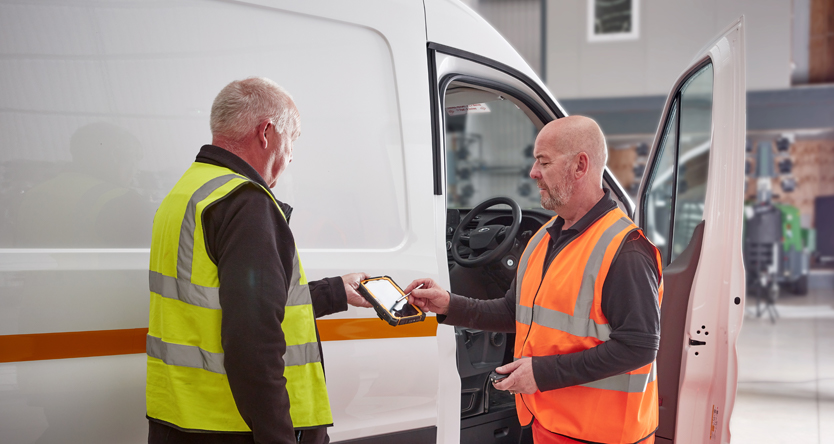
3. Reduced delays
Research shows that roughly 10% of activities on the average site are performed out of sequence² and larger projects routinely take 20% longer than anticipated. When a problem arises, even a few minutes’ delay can have a significant impact on your project’s schedule – so a support team should be on-hand 24/7.
Welfare Hire reduces any such delays by carrying out the most rigorous checks in the market. Each unit goes through a 67-point PDI check before it goes out to hire, ensuring the vehicle is in proper working condition. They are then delivered by our own dedicated drivers who provide customers with expert advice about the use and maintenance of the vehicle.
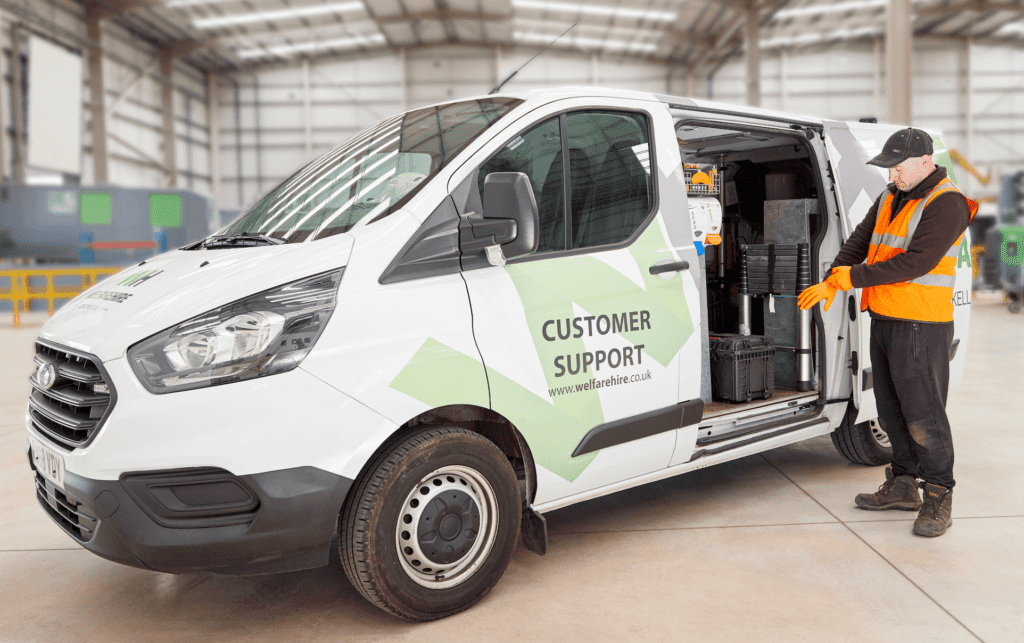
4. ON-hand expertise
Vendors must have deep knowledge of the equipment they provide, and readily share it with their customers. This can have a huge impact on projects; by consulting over the phone with an expert, issues that may arise with mobile welfare units or lighting towers can be quickly resolved without engineers being called to the site.
Welfare Hire has a dedicated tech support team that can provide any information you need about your equipment. They will help assess the issue, give a clear estimate as to the delay and walk you through any steps you can take to resolve the problem. In addition, we have a team of Field Service Engineers out on the road, ready to support you on-site whenever they’re needed.

5. true partnership
85% of B2B customers expect suppliers to have a solid understanding of their business.³ Why? Many issues that arise on-site are industry specific, and customer support teams require knowledge about the sector you operate in to help resolve the issue. The best vendors are not mere suppliers – they are strategic partners that adapt to the specific challenges of your industry.
That is how Welfare Hire operates: we specialise in a handful of key sectors and gear our market-leading mobile welfare units and lighting towers to our partners in those industries.
2.https://constructionmanagement.co.uk/constructions-productivity-problems-the-statistics-laid-bare//
3. https://startupbonsai.com/customer-service-statistics-and-trends/

